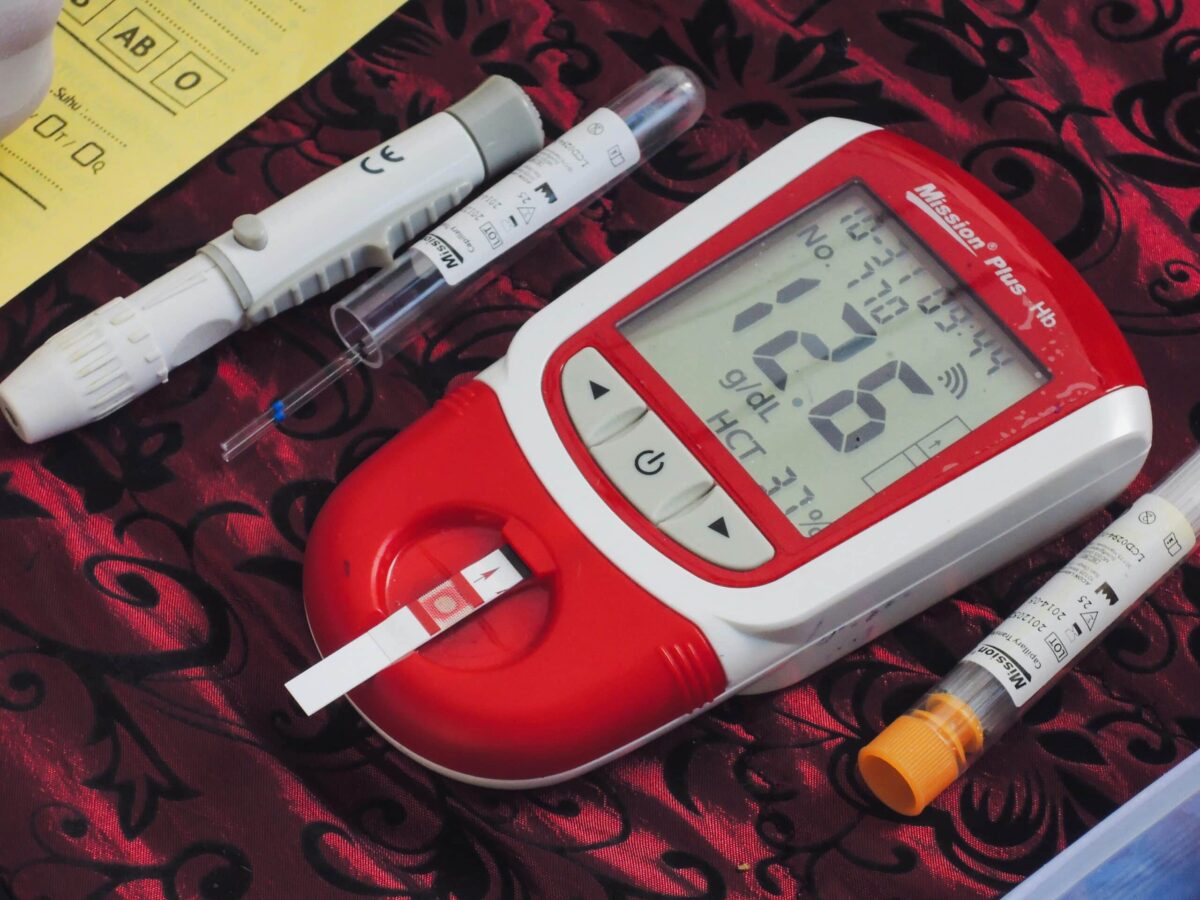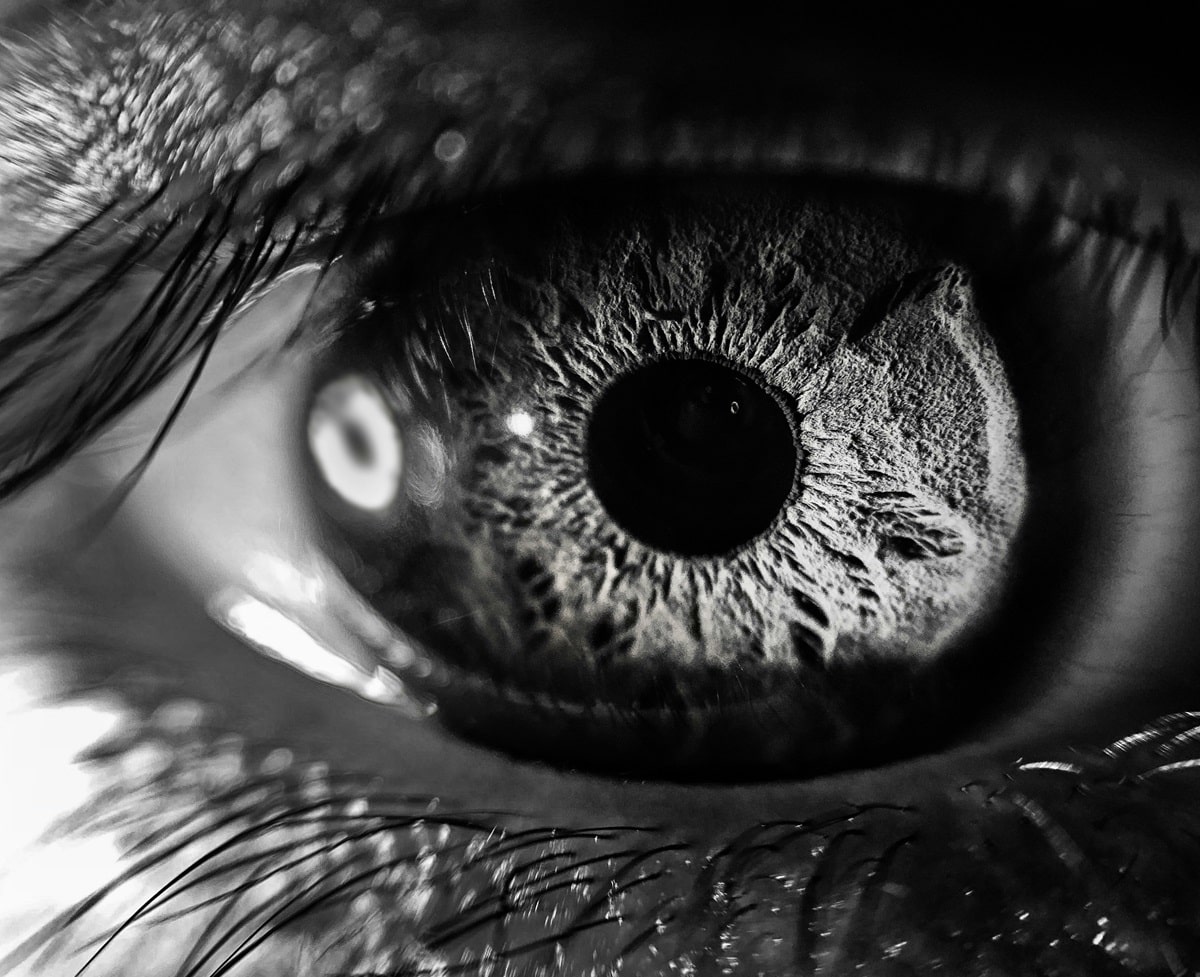

Diabetic eye diseases such as diabetic retinopathy and diabetic macular oedema are common eye conditions affecting people with diabetes, and can lead to partial or complete vision loss. These conditions, marked by a growth of abnormal blood vessels in the retina or macula (the part of the retina that provides sharp, central vision), confines millions of the affected individuals to a restricted lifestyle, replete with challenges and difficulties. Repeated treatments, routine check-ups, and constant care become the norm.
The use of intraocular injections for these conditions is widespread and prevalent. This article aims to shed light on the reasons why such injections are used.
Intraocular injections are specifically designed to slow down the disease’s progression and maintain the patient’s existing level of vision.
The injections, essentially stymie the growth of abnormal, weakened blood vessels in the eyes, inhibiting them from leaking and causing scarring – leading factors in vision loss associated with macular degeneration. Despite involving certain discomfort and risks, injections remain an important part of treatment plans due to their proven effectiveness.
Injections to treat diabetic retinopathy, diabetic maculopathy and diabetic macular oedema, such as Avastin, Lucentis, and Eylea are versatile medications. They are formulated to not only prevent vision loss but to also improve visual acuity in some patients. In addition to diabetic eye disease they are also used to treat age-related macular degeneration and a range of other eye conditions.
Clinical studies and numerous anecdotal reports have repeatedly endorsed the efficacy of these injections. Many patients have reported fewer episodes of blurred or distorted vision after a regime of these injections. Moreover, patients treated with such injections reportedly maintained their vision better than those who received no treatment. These outcomes contribute to the continued use of injections for diabetic eye disease.
Noctura 400 offers a promising solution for those seeking to avoid the discomfort and potential complications associated with intraocular injections. By utilising low-level light therapy during sleep, Noctura 400 effectively reduces the retina’s oxygen demand, helping to prevent the progression of diabetic eye diseases such as Diabetic Retinopathy, Diabetic Macular Oedema, and Diabetic Maculopathy. With its non-invasive nature and demonstrated efficacy, Noctura 400 provides a compelling alternative for individuals looking to safeguard their vision and quality of life without the need for painful injections.


